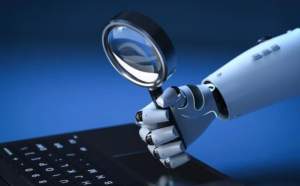Nvidia’s CEO, Jensen Huang, stated on Friday that artificial general intelligence (AGI) could be achieved within five years, especially if the benchmark is the ability to pass human tests. Speaking at an economic forum held at Stanford University, Huang, the leader of the world’s leading artificial intelligence chip manufacturer, discussed the timeline for achieving one of Silicon Valley’s long-standing goals: creating computers that can think like humans.

Huang emphasized that the timeframe depends on how AGI is defined. If passing human tests is the criteria, he expressed confidence that within five years, AI could perform exceptionally well on a wide range of tests. Despite the current limitations, such as AI struggling with specialized medical tests, Huang believes significant progress will be made.
“If I gave an AI… every single test that you can possibly imagine, you make that list of tests and put it in front of the computer science industry, and I’m guessing in five years time, we’ll do well on every single one,” stated Huang, whose company reached a market value of $2 trillion on Friday.
However, Huang acknowledged that AGI might be further away by other definitions, as scientists are still debating how to accurately describe the workings of the human mind.
“Therefore, it’s hard to achieve as an engineer because engineers need defined goals,” explained Huang.
Addressing the need for more chip factories (“fabs”) to support the growing AI industry, Huang agreed that expansion requires additional fabs. Nevertheless, he highlighted that advancements in algorithms and AI processing would also contribute to reducing the overall demand for chips.
“We’re going to need more fabs. However, remember that we’re also improving the algorithms and the processing of (AI) tremendously over time,” Huang said. “I’m improving computing by a million times over 10 years.”
Source: Yahoo Finance




